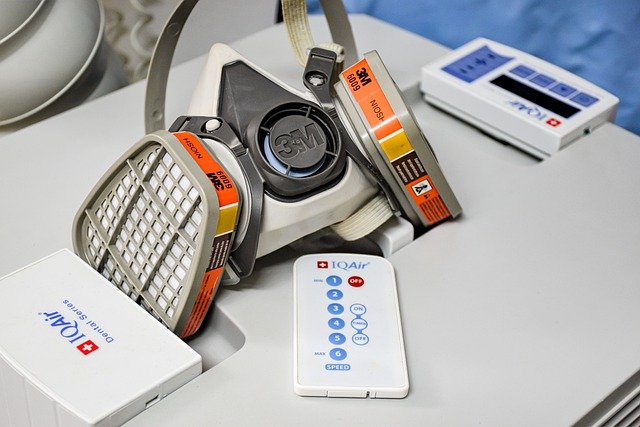<!–Uday Deb
–>
The rising prevalence of airborne disease coupled with the increasing air pollution levels brings the need for air purifiers. There is an increasing concern over indoor air being five times as polluted as outdoor air since it is not circulated as much as outside air and many airborne pollutants continue to thrive inside. Air purifier purifies the air from dust, smoke, odors, volatile organic compounds, gases, viruses, formaldehyde, pollen, and pet dander. They are great to use in both commercial and residential environments.
The pandemic has catalyzed the significance of air purifiers to an ever-increasing level. The global air purifier market is expected to reach $28.3Bn by 2027 source. Especially in the Indian market, the onset of winters brings up a smog situation in various parts of country raises alarm on the deteriorating air quality and indoor air pollution.
The working of Air Purifiers
Air purifiers contain single or multiple filters and a fan that sucks the air. The air is passed through the filters and to absorb the particles from the air and the clean air is circulated. The most common filters used are High-Efficiency Particulate Air (HEPA), ion & ozone, activated carbon, baghouse filter, cartridge filter, etc.
Most devices in the market rely on mechanical filtration to clean the air and are rated by CADR (Clean Air Delivery Rate). Based on the coverage area for the end-user segment, the filters are classified as & 300 sq ft for automobile, between 300 sq ft to 500 sq ft for residential and &500 sq ft for commercial and industrial spaces.
Extraordinary Efficiency with HEPA Filters
One of the most widely used air purifiers contain HEPA filters. This filter comprises of multi-layered meshes made of fine fiberglass threads, thinner than strands of hair. Typically, a virus dies in under 48 hours across a range of surfaces. These viruses prefer wet materials as they don’t survive well on dry materials. The HEPA filters inside most air purifiers are constantly bombarded with high-velocity air, which would dry out any virus. Technically the virus that causes COVID is approximately 0.125 microns (125 nanometers) in diameter and HEPA filters are capable of capturing them with an extraordinary efficiency of over 99.9%. This makes them the primary choice of customers.
Eliminating Negative ions with Ionizers
Ionizer based purifiers shoot out negative ions into the air. Those negative ions in the air cause the particles to stick to surfaces in the environment. But most ionizers are too weak to have an effect on particulate levels (PM 8) whereas the HEPA filters can capture particles from PM2.5 to PM10 and less harmful when compared. One greater disadvantage with the ionizers is that the human intervention on the surfaces could dislodge the particles and float them back to air.
Advanced Breakthrough technology with UV Light
According to an expert study, the germs and the virus captured by the filters typically dies after 48 hours on the filters’ surface itself. This amplified the need for a conventional air purifier to combine the technology that’s effective to kill the virus. And one such ongoing upgrade to the purifiers is the addition of UV light. The ultraviolet light purifiers collect and completely kills the microorganism, instead of filtering it through plates like regular air purifiers.
The Need of the Hour:
Manufacturers are optimistic about the growth potential of the air purifiers market in India. The Indian market alone is expected to expand at a robust CAGR of 43.8% from 2020 to 2027. Businesses and key players are taking innovative steps to reopen and put life back to normal with even smarter and safer solutions than before. The demand for air purifiers is also growing due to other factors like growing knowledge on air purifiers coupled with consciousness among customers. Thus, Air purifiers are no longer a luxury but have become a necessity as per the alarming increase in pollution levels and interest around improving hygiene and immunity.
FacebookTwitterLinkedinEmail
Disclaimer
Views expressed above are the author’s own.
<!–
Disclaimer
Views expressed above are the author’s own.
–>
END OF ARTICLE









